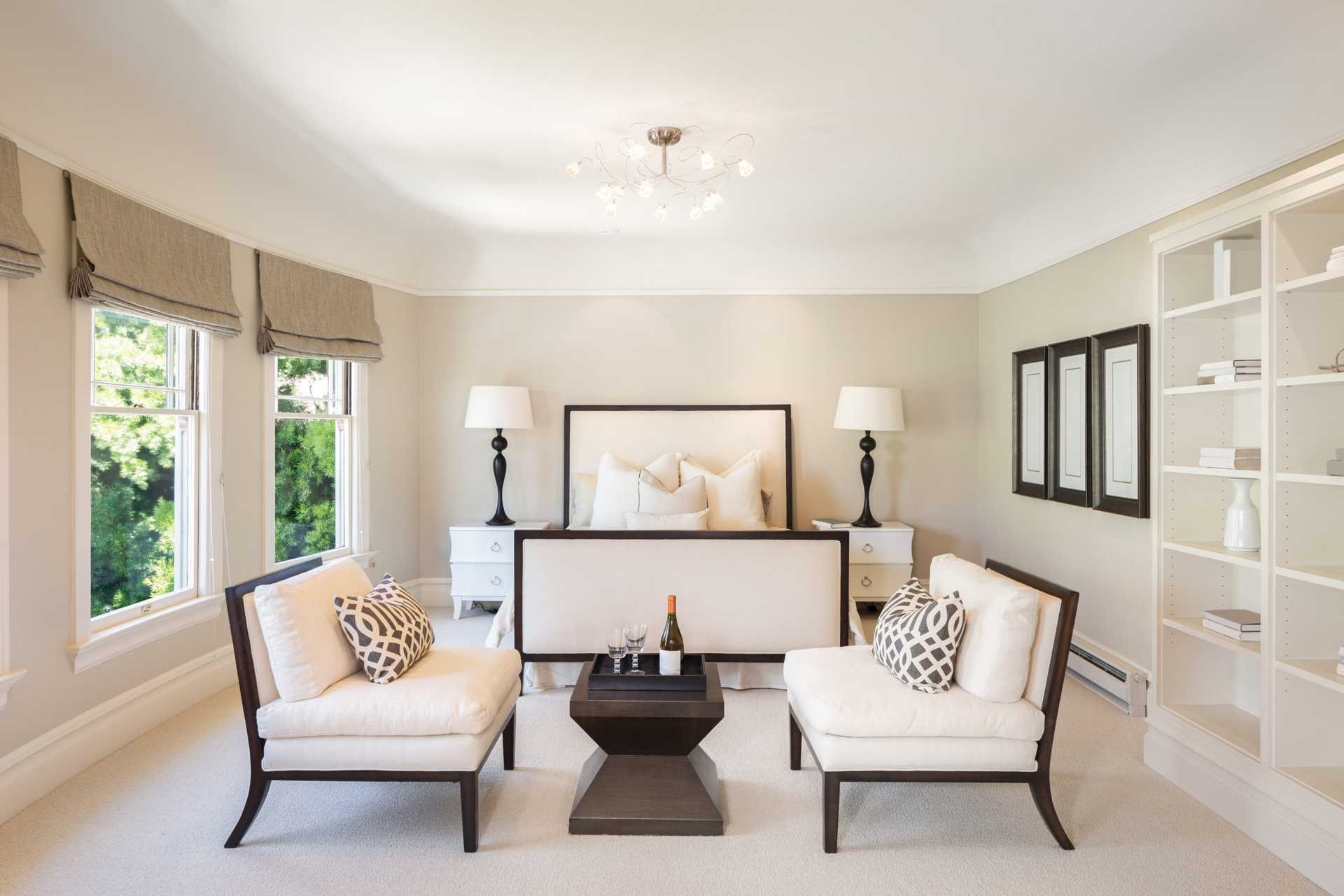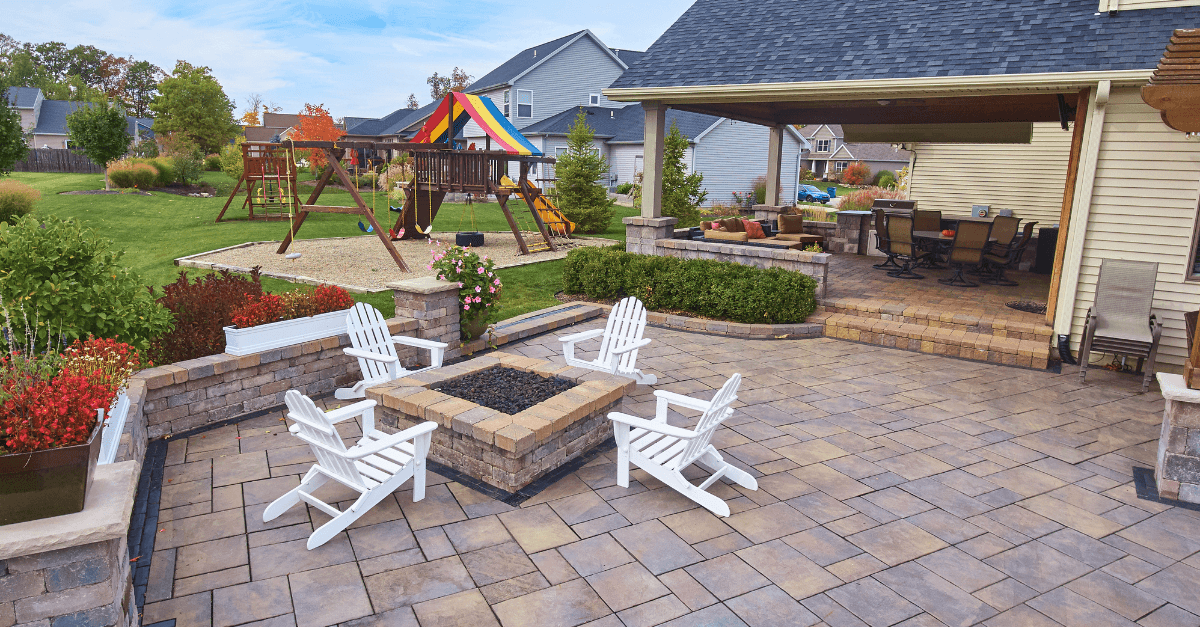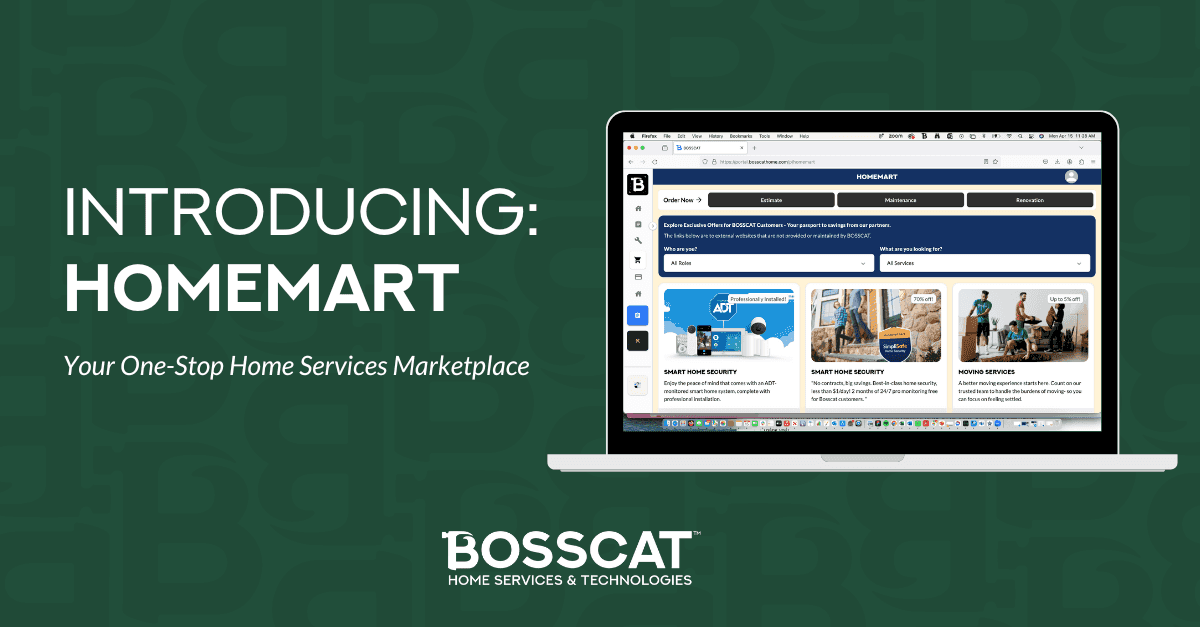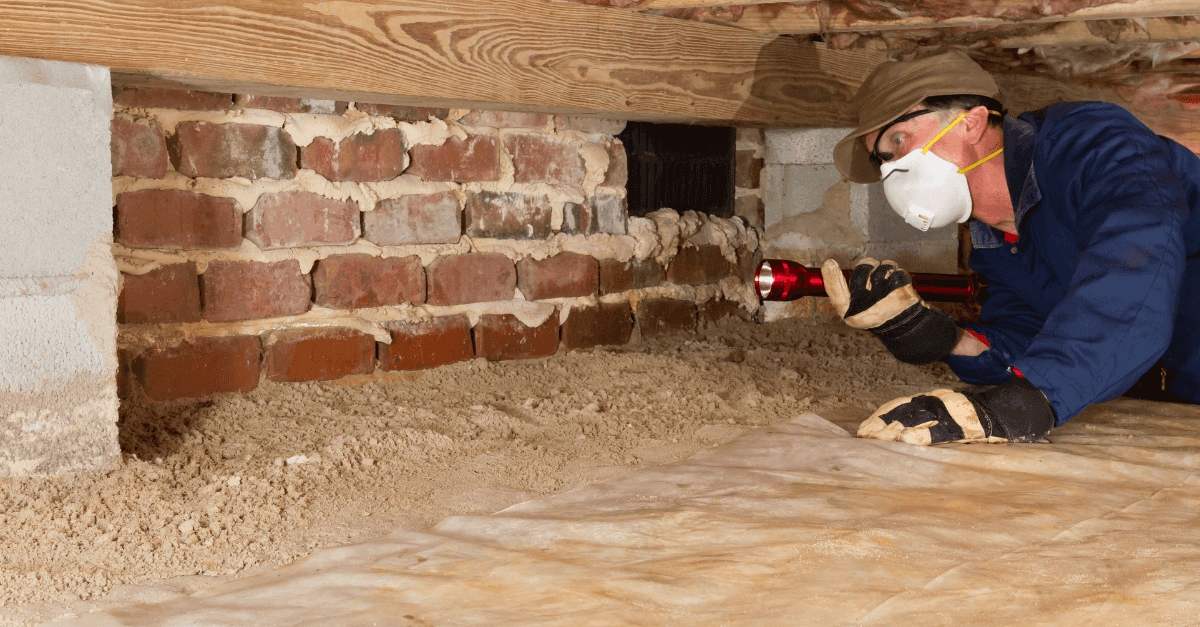Your DIY Guide To Home Staging

Home staging is a great way for sellers to get top dollar for their property. If potential buyers walk into your home and they can’t see themselves living there, it will negatively impact both how many offers your listing receives and how much people offer. An excellent way to avoid this is by staging your home before it is put on the market. In this article, we’ll go over the art of home staging and some ways you can add more aesthetic appeal to your property for sale.
What is home staging?
Home staging is the practice of styling and arranging a property in such a way as to enhance its attractiveness to potential buyers. Home staging can help your home sell much faster and for more money by highlighting its best attributes to potential buyers. The goal here is not just to make your house look good—it’s also about making it feel good!
Do it yourself home staging tips.
If you’re a seller thinking about staging your property, you could hire a professional stager or you could do it yourself. If you do plan on hiring a stager, be sure to check out Punchlist for free estimates for home services. If you’re more of a DIY type, these are the most important components to staging your home according to our PunchList handyman in Orlando.
- Curb Appeal – You’ll want to make a good first impression with buyers and a big part of that is making sure your home has curb appeal. You can achieve this by landscaping your property, keeping your lawn mowed, and power-washing exterior walls, windows and entryways. A fresh coat of paint on the front door or whole house can be an inexpensive way to make a house look updated and newer.
- Declutter – In terms of the interior of the house, the more space you can open up, the more attractive it will be to a buyer. Be sure to remove as much excess furniture as possible to open up living spaces and make it easy to walk through. Your goal is to expose as much floor and counter space as possible while keeping the main pieces of furniture in place. Ensure the kitchen and bathroom countertops are clean and remove any personal items or appliances that are taking up counter space. By doing so, the home will look bigger and more inviting to the buyer.
- Repairs with Good ROI – Look for any repair or remodeling projects that could have a good ROI in terms of property value. If any of the following are outdated in your home, you could potentially see your homes value increase by more than the cost of the repair or remodel itself:
- Front Door
- Floors
- Bathroom
- Kitchen
All of these are important aesthetic features of a home that buyers are drawn to. Changing a front door, replacing floors, and refinishing kitchen cabinets are all inexpensive projects but could potentially see great ROI in terms of adding value to the home.
- Depersonalize – Be sure to clear out as many personal items from the house as possible. This includes family pictures, toys and baby furniture, and even sports equipment. Most potential buyers will feel more drawn to a home that has few reminders of the people that previously lived there. The more impersonal you can make your home, the better it will be received by buyers.
What not to do when staging a home.
- Avoid using too many colors in a room at the same time.
- Don’t stage with too many patterns, especially if they are busy patterns like stripes or plaids that compete for attention and make it difficult for buyers to focus on your home’s features and benefits.
- It’s also a bad idea to stage with too much clutter—too many accessories, knickknacks, and figurines will distract from other areas of the house you want buyers to see most clearly.
- Don’t empty out the house – try to keep some furniture in living rooms and bedrooms as an impersonal example of what the future owners’ home may look like.
Staging a home is crucial if you want to sell for top dollar.
Staging a home is no small task. It requires thoroughly assessing, decluttering, decorating and even repairing the home to bring out its best features. But the payoff can be immense: staging helps you sell your home quicker, easier, and for more money.
If the house looks like a mess, the buyer will get distracted by all the little things that need attention instead of focusing on what matters—the layout and flow of each room. So when you stage your home, make sure you focus on making it look clean, open, and inviting from top to bottom so that buyers can imagine themselves living there comfortably without feeling like they have to fix anything first because there’s too much work involved!
Conclusion
Staging a home is a great way to increase its perceived value and appeal, but it can be intimidating. Don’t worry, PunchList is here to help! Sign up to receive a free home staging consultation and gain access to free online estimates for home repairs.


